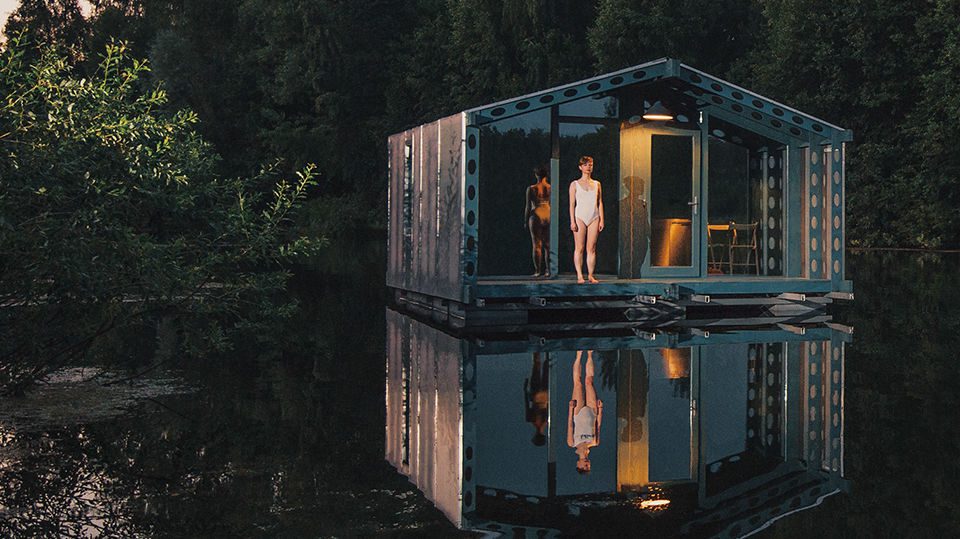Perhaps we’ve all had the urge to simply pack up our bags and trade our busy, complicated lives with something altogether quieter and more frugal. To live in a cabin is somewhat synonymous with the idea of returning back to nature. It is loaded with a romanticism reserved for those who value simplicity and the pared-down joy that comes with living an off-grid life that is as self-sustaining as it is devoid of the social pressures of city dwelling. As Damon Hayes Couture, author, states: “The projects give new form to an old idea. Whilst they may not look like the rustic examples of the past, they share similarities: they exist on the frontier.”
Complete with over 30 examples of remote living, Cabins: Escape To Nature, a publication arranged by terrain – forest, mountain, water, remote, rural and urban – chronicles cutting-edge cabins from across the world, and their role in 21st century architecture. “The notion of a cabin blurs the boundaries between dream and reality, inspiration and experimentation, tradition and technology, and nature and culture,” Hayes Couture continues. “Between sunbathing and jigsaw puzzles, the desire to connect to a picturesque beauty remains a part of every visit.” Oregon-based architect Erin Moore’s tropical getaway in Hawaii, which is made of two wooden pavilions, is a perfect example of this: nestled in between a 300-year-old lava formation, visitors must walk through the surrounding land to move between both structures. “The two modest pavilions shape the basic rituals of daily life, but the interstitial space between them allows the owner to live out an intentional relationship with the land.”
An isolated yet inspiring place, cabins can also incite selfreflection. Norwegian environmental historian Finn Arne Jørgensen writes that the structures are “as much ideas as actual places; they are observation points outside of time and space from which we can observe not just nature but ourselves and the world we live in.” In this sense, the buildings aren’t so much concepts devoid of society but reactions to it: places shaped by a shared cultural narrative. “More than simply wood, concrete and steel, cabins are imbued with past and present cultural values and communicate our relationship to the landscape,” Hayes Couture offers. The Klein A45, a prefabricated and flat-pack design by architects Bjarke Ingels and Søren Rose is a “product of its time”: distinctly Scandinavian, and reminiscent of the 1960s, the piece evokes the current trend toward downsizing possessions.
What stands out the most, perhaps, in this title, is the idea of the cabin as idealism, optimism and digital escapism, despite being a retreat largely found through online platforms. The question is: how does nature function through technology if we need the digital world to get us there? As the title summates: “Rather than a substitute for the experience, images are part of it, contributing to our stock of dreams.”
Find out more here.
Lead image: DD16, BIO-architects (www.bio-architects.com), Moscow, Russia, 2016. Photography: Vlad Mitrichev; Ivan Ovchinnikov.





